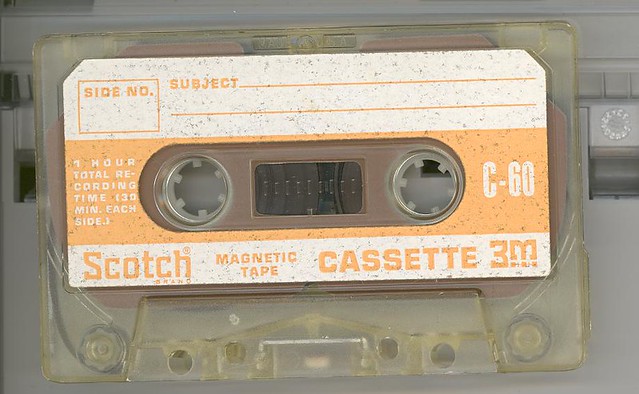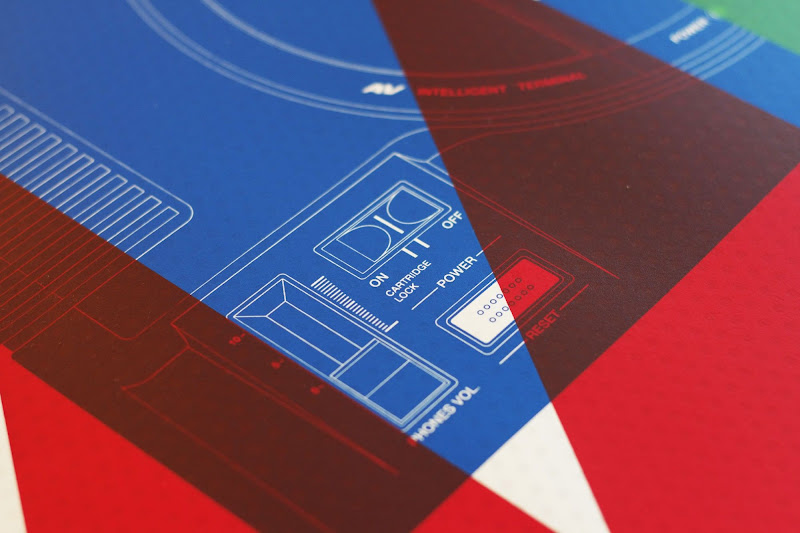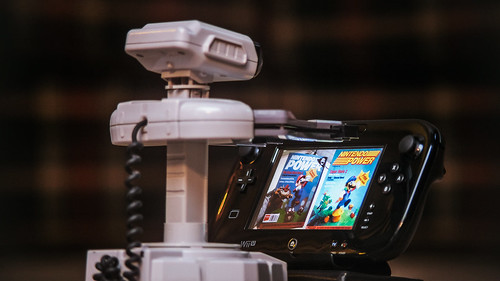I needed to visualize the power of our devices from tablets to desktops to understand a bit what is going on in terms of processing power. Today we have a large amount of choices, much more than before. If we look at how games run things are more complicated than ever: some games will run with nothing, others are better with a quad core CPU, others really love a big amount of video memory… Between programmer skills tools and architecture, things can go from 60 fps at all time to terrible stuttering and bad experience.
But what about the differences in raw power, just to understand what’s going on under the hood? Well I tried to make this chart and boy, it’s not easy. Nobody’s using the same criteria so I had to rely on GFlops which are not that accurate on what a processor can do But that’ll do for my little experiment.

Ta-da
Wow. I didn’t expect that tablets, notebooks and desktops would be separated by orders of magnitude. I thought tablets were really close to notebooks but it’s nowhere near, especially knowing that tablets numbers are for CPU/GPU where for notebooks and desktops it’s only the GPU part.
3D games can totally run smoothly on tablets but you can’t expect good AI or complex behaviors with complex 3D at under 100 Gflops. Therefore, games on these devices will stay simple for a long time (they can’t bump processing power as fast with fanless and battery-oriented designs compared to graphic cards).
In the notebook world things are a little crazier: the Intel HD3000 -a steaming pile of shit according to computer enthusiasts- is making a killing in sales despite being way under AMD’s power solutions (yes, at the same thermal envelope). To give an idea, the AMD A10 is roughly at the level of a X360. That’s already a lot of processing power.
But then look at the desktop: the GTX 560 Ti is the second most used graphic card on Steam -the first one is the HD3000- and it’s vastly superior crunching numbers, over 10 times more than what the best seller is doing! It’s not difficult to understand why game developers have problems to scale game engines if between two machines you have 10 times more power. And if we add dual, quad core or more CPUs, the amount of power you can get for under $1000 becomes ludicrous.
I included the biggest GPUs available today -$500 cards- to see how far we went and well numbers show it: it’s insane. And it’s single chip, some graphic cards have two of these monsters (2×4300!!)
What does it say for apps? There’s a tremendous, unused amount of processing power available today. Technology is way more advanced than what programmers can do. They are barely starting to use multiple cores, can you believe that? Code parallelization is a bitch so coders never rushed to it.
Why is that important? Because like Chris Hecker said, we never have enough of power. The more, the better. Better behaviors, better experience, more can’t be bad. The problem is the market goes toward the underpowered, can-last-14-hours-on-battery chips.
What’s the problem with that? Well although some would say it gets rid of bad programmers who can’t use brute force power to make their apps faster, it also pushes good programmers to optimize a lot. It’s great and all but at the same time, you want good programmers to build things, make the app better add a killer feature not make it run perfectly and smoothly, that should be a given.
So trends to come? 2D is going to stay strong. Unity will get even stronger. And I hope that we will find bridges between tablets and graphic beasts so that we can use them remotely to beef up our underpowered new mobile devices overlords when needed.





